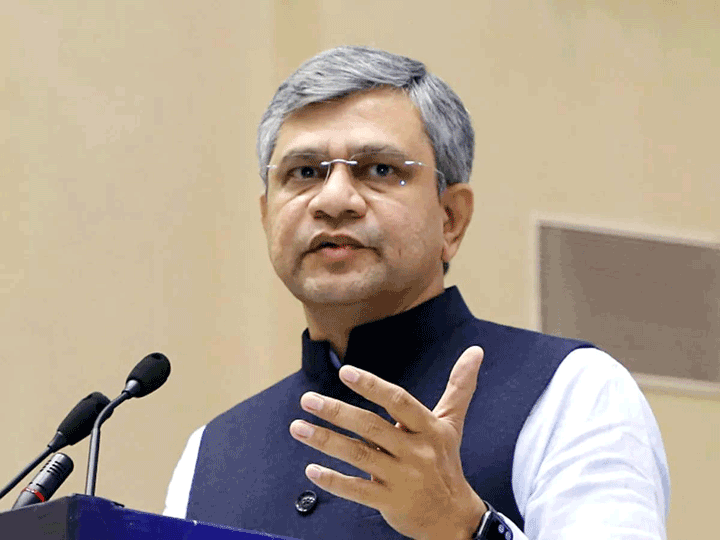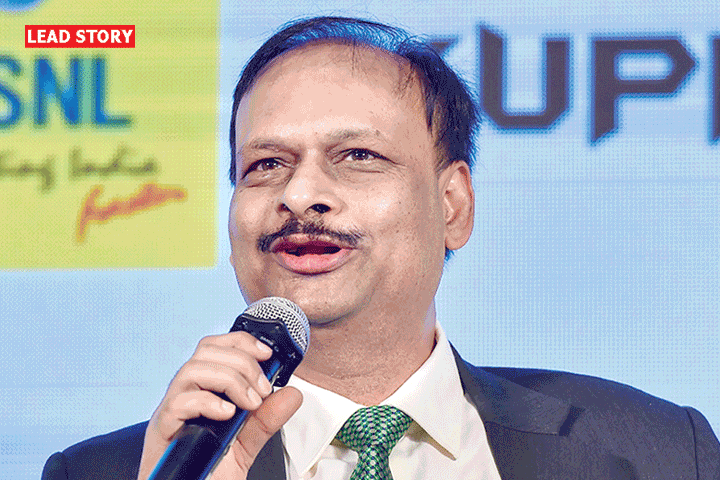Lenovo evaluating revival of Motorola facility near Chennai
Chennai: Chinese technology major Lenovo has said that it is evaluating to revive the phone assembling and packaging unit of Motorola at Sunguvarhatram, near Chennai. The facility, located a few kilometers away from Nokia’s facility, is idle since 2013 and came to Lenovo as part of its Motorola global acquisition from Google, which was completed end of 2014.
Speaking to Business Standard after inaugurating three new stores in Chennai, R K Amar Babu, managing director, Lenovo India Pvt Ltd “we are evaluating and studying it. We follow global supply chain model. Wherever it is most cost effective to manufacture, we will manufacture locally.”
He responded when asked will Lenovo consider reviving Motorola plant.
“Make in India and Digital India are great visions, led by a leadership with conviction. The key is how to translate this to execution, which is what we are waiting and watching. In smartphones and tablets the Government has made it, hence we need to evaluate it (manufacturing in India) ,” said Babu.
He said, the Centre has taken big steps to make smartphones and tablets manufacturing attractive in India. The company also believes to be as close to the customer as possible, which will give time to market advantage.
Lenovo currently manufactures around three million PCs and laptops at the Union Territory of Puducherry, near Chennai.
“We are manufacturing here because it is cost competitive,” he said.
Restarting Motorola plant will help Centre and State Governments, which are trying to boost the investors’ confidence that which took a hit after Nokia decided to suspend manufacturing at Sriperumbudur facility resulting 30,000 people, 50 per cent are women, to loose jobs.
Nokia’s facility could not be transferred to Microsoft, which acquired Nokia, since Income Tax department freezed the facility in an alleged around Rs 21,000 crore tax dispute. Over and above Tamil Nadu Government had also slapped a tax notice of little over Rs 900 crore along with penalty.
Recently, the Prime Minister said Nokia plant will be revived and State Government also requested Tax authorities to lift the freeze, so that a new owner can take over,
Babu noted, earlier smartphones attracted excise duty of one per cent and National Calamity Contingent Duty (NCCD) of another one percent, taking the total to two per cent, versus import duty of 6.5 percent. Now the import duty has increased to 12.5 per cent, while the excise duty and NCCD remains at two per cent.
“There is a case for local manufacturing. However, we need to look at input cost, component cost and others. Making in India is definitely cost effective,” he said.











